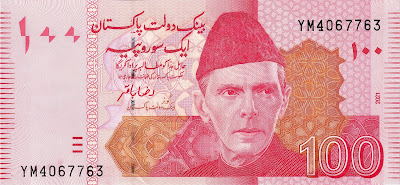Syria, a nation steeped in ancient history and cultural heritage, grapples with the complexities of a modern economy amidst ongoing socio-political challenges. At the heart of its financial transactions lies the official currency, the Syrian Pound (SYP). With a rich historical backdrop and a fluctuating presence in the market, the Syrian Pound serves as a symbol of resilience amid adversity.
The Syrian Pound, denoted by the symbol "£" and the currency code SYP, has its roots in the tumultuous history of the Levant region. Initially introduced during the Ottoman Empire's rule, the currency underwent several transformations before Syria gained independence in the mid-20th century. Since then, the Syrian Pound has been subject to various economic policies and external influences, shaping its value and stability over time.
In recent decades, the Syrian Pound has faced significant challenges, exacerbated by political unrest, economic sanctions, and civil conflict. These factors have led to considerable volatility in the currency's value, with fluctuations occurring in response to domestic instability and external pressures. The Central Bank of Syria plays a crucial role in attempting to manage these fluctuations through monetary policy measures and interventions in the foreign exchange market.
Despite its challenges, the Syrian Pound remains the primary medium of exchange in Syria, facilitating daily transactions across diverse sectors of the economy. However, the currency's value has experienced a notable decline in purchasing power, leading to economic hardships for many Syrians and contributing to inflationary pressures.
Efforts to stabilize the Syrian economy and bolster the value of the Syrian Pound face significant obstacles amidst the country's ongoing conflict and international isolation. Nonetheless, initiatives aimed at rebuilding infrastructure, promoting economic development, and fostering international cooperation offer glimmers of hope for Syria's financial future.
In conclusion, the Syrian Pound stands as a testament to the resilience of the Syrian people amid adversity. While its value may fluctuate amidst challenging circumstances, the currency remains a symbol of national identity and perseverance in the face of hardship, reflecting the spirit of resilience that defines Syria's history and people.

.jpeg)
.jpeg)
.jpeg)
.jpeg)
.jpeg)
.jpeg)
.jpeg)
.jpeg)
.jpeg)
.jpeg)
.jpeg)
.jpeg)
.jpg)
.jpg)
.jpg)
